California’s Line Fire Quadruples in Size Overnight, Forcing Thousands to Evacuate
In just over 30 hours, the Line Fire in Southern California exploded in size from 1,180 acres on Friday afternoon to more than 17,459 acres by Sunday evening.
This rapid growth has alarmed both officials and residents, prompting Governor Gavin Newsom to declare a state of emergency. The fire is 3% contained as of this writing, making it one of California’s most dangerous active wildfires.
Thousands Flee As Evacuation Orders Are Issued
More than 10,000 residents in San Bernardino County were placed under mandatory evacuation orders as the Line Fire threatened multiple communities. The Running Springs and Arrowbear Lake areas were among the first to receive evacuation warnings on Sunday morning.
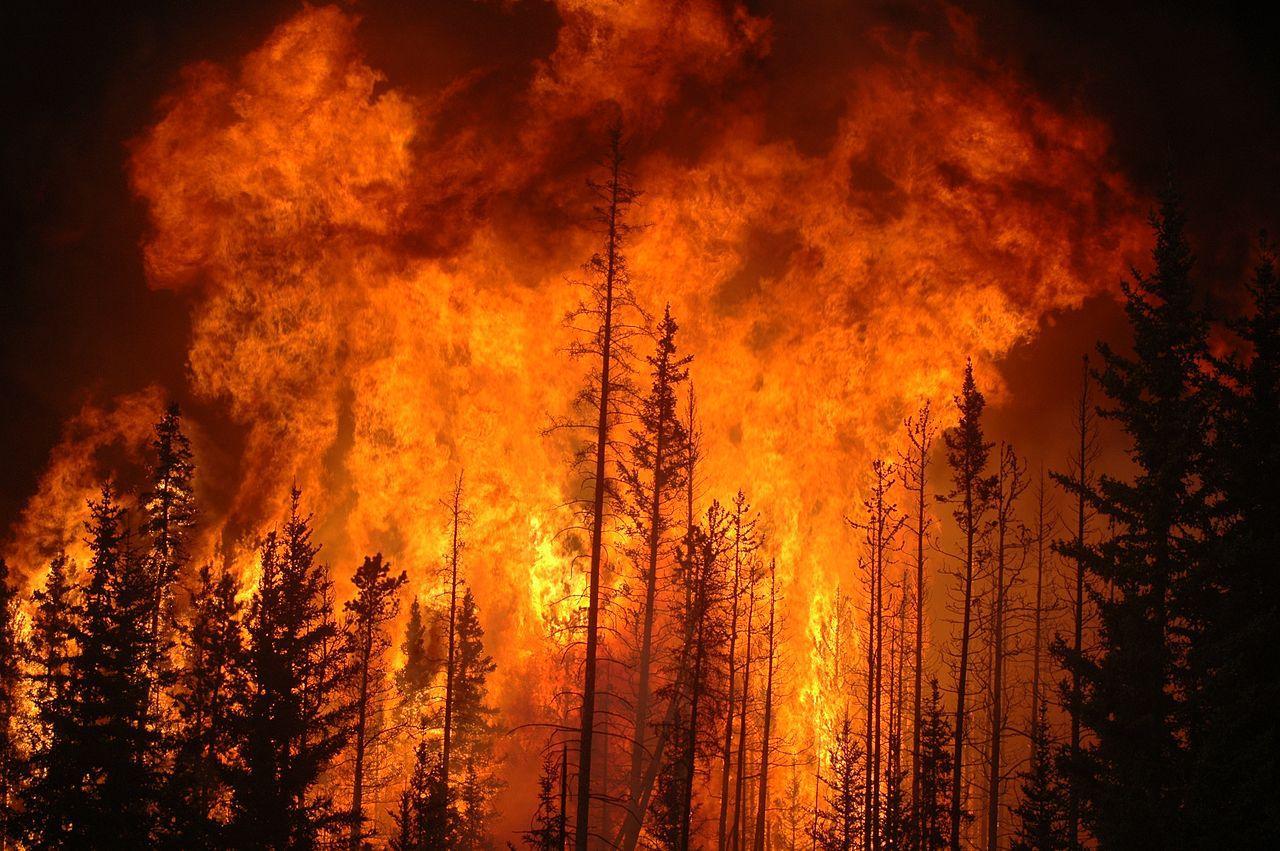
Source: Wikimedia
Local officials urged residents to act quickly, as the fire’s unpredictable nature made it impossible to determine which areas would be safe.
Threat to Over 35,000 Structures
As of Sunday, more than 35,000 structures, including homes and businesses, were under direct threat from the rapidly spreading wildfire. Fire officials have worked tirelessly to protect buildings, but they face numerous challenges.
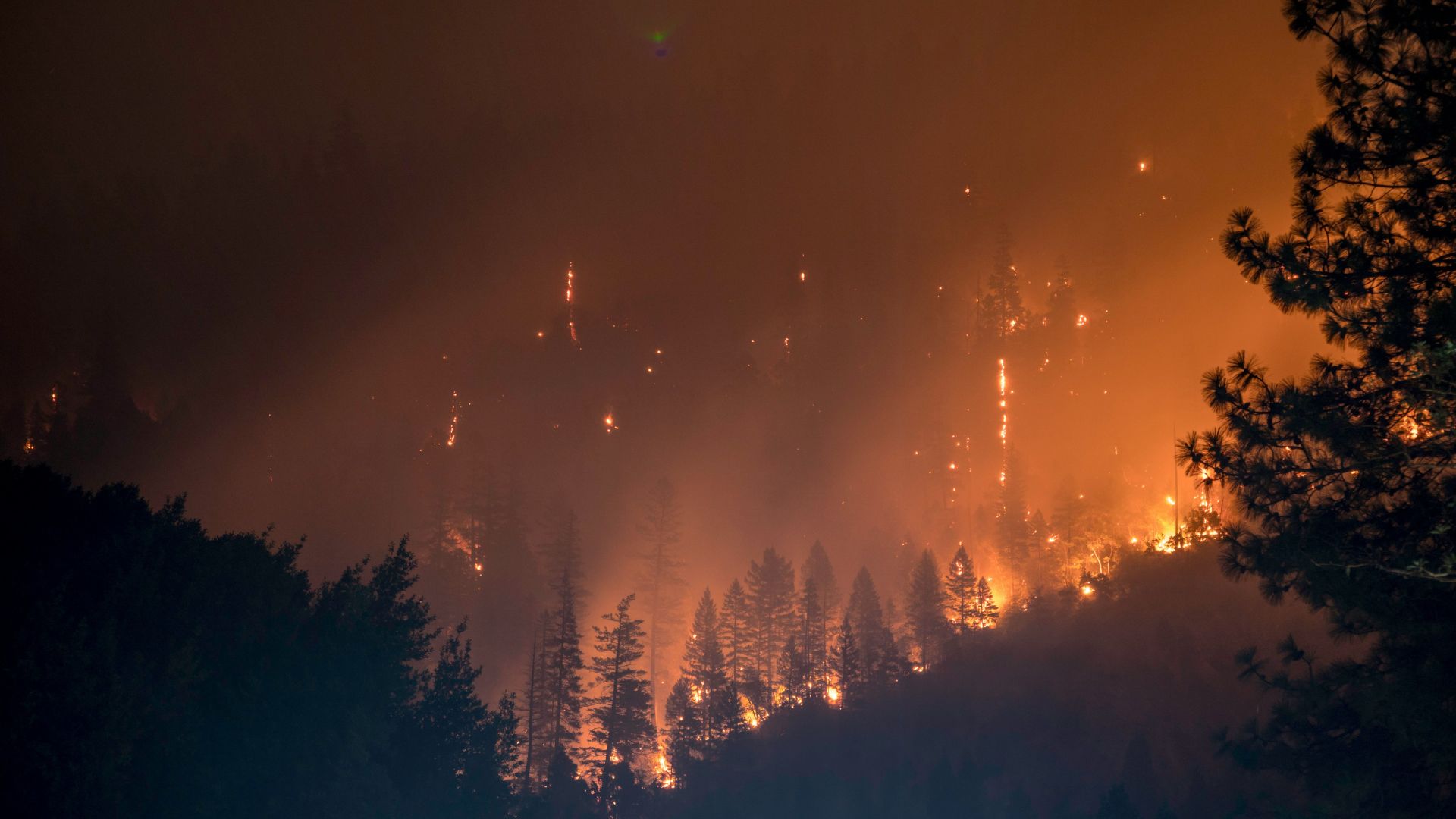
Source: Matt Howard/Unsplash
Strong winds and dry vegetation are fueling the fire’s rapid growth, making it difficult for firefighters to maintain control in the worst-hit areas.
Fighting Fire and Weather
One of the most dangerous aspects of the Line Fire is the erratic weather conditions. Winds from nearby thunderstorms have created “very erratic behavior,” according to Cal Fire.

Source: Wikimedia
As firefighters struggle to contain the blaze, they are also battling shifting winds and dry conditions, which make predicting the fire’s path extremely difficult.
Pyrocumulus Clouds: The Fire Creates Its Own Weather
The Line Fire is so intense that it has created pyrocumulus clouds, also known as “fire clouds.” These massive formations can rise up to 50,000 feet into the atmosphere and generate lightning storms.
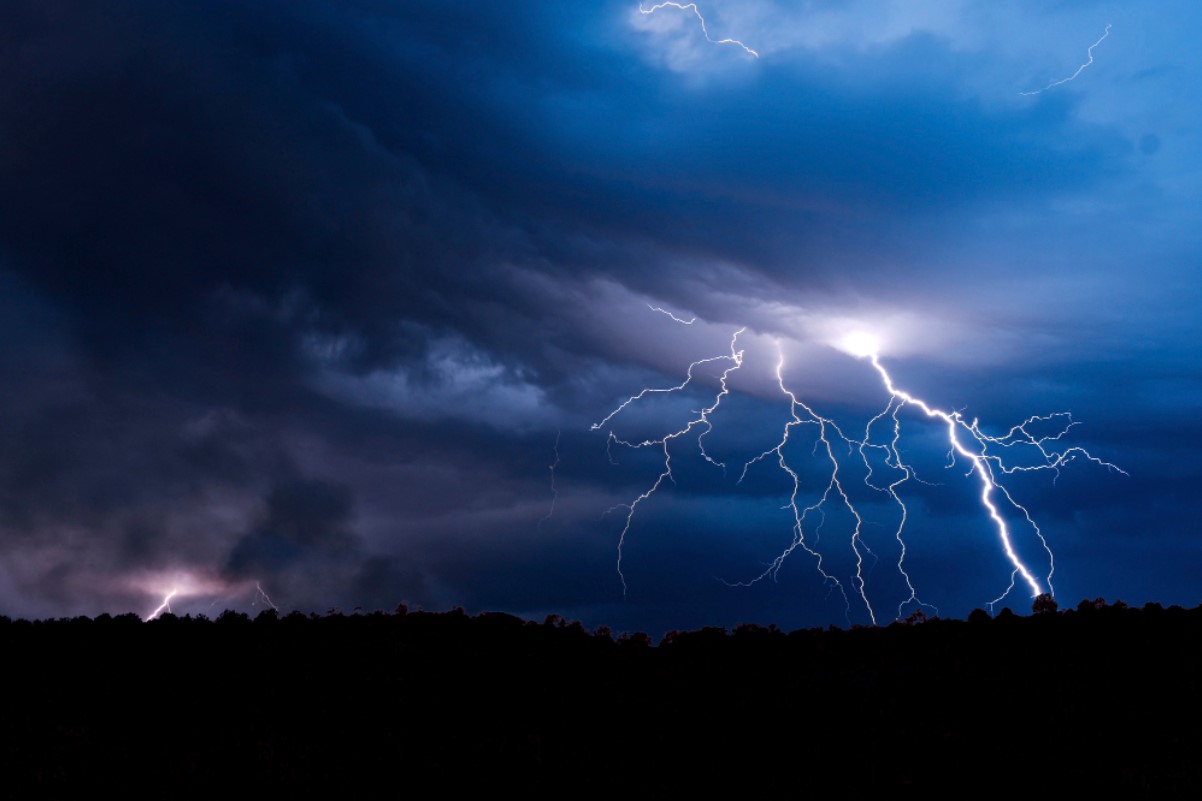
Source: Freepik
Known as pyrocumulonimbus clouds, they pose new dangers, as lightning can spark additional fires and erratic winds can spread the blaze even further.
The Impact of Lightning Strikes
With over 1,100 lightning strikes reported in the region over the weekend, the situation has become even more likely to produce new fires in already vulnerable areas.

Source: Freepik
Fire officials are concerned that these additional ignitions could further strain resources that are already stretched thin.
Residents Share Their Stories of Survival
Local residents have shared stories of their experiences during the fire. Highland resident Brian Gano and his family attempted to protect their home by using a hose to douse the flames.
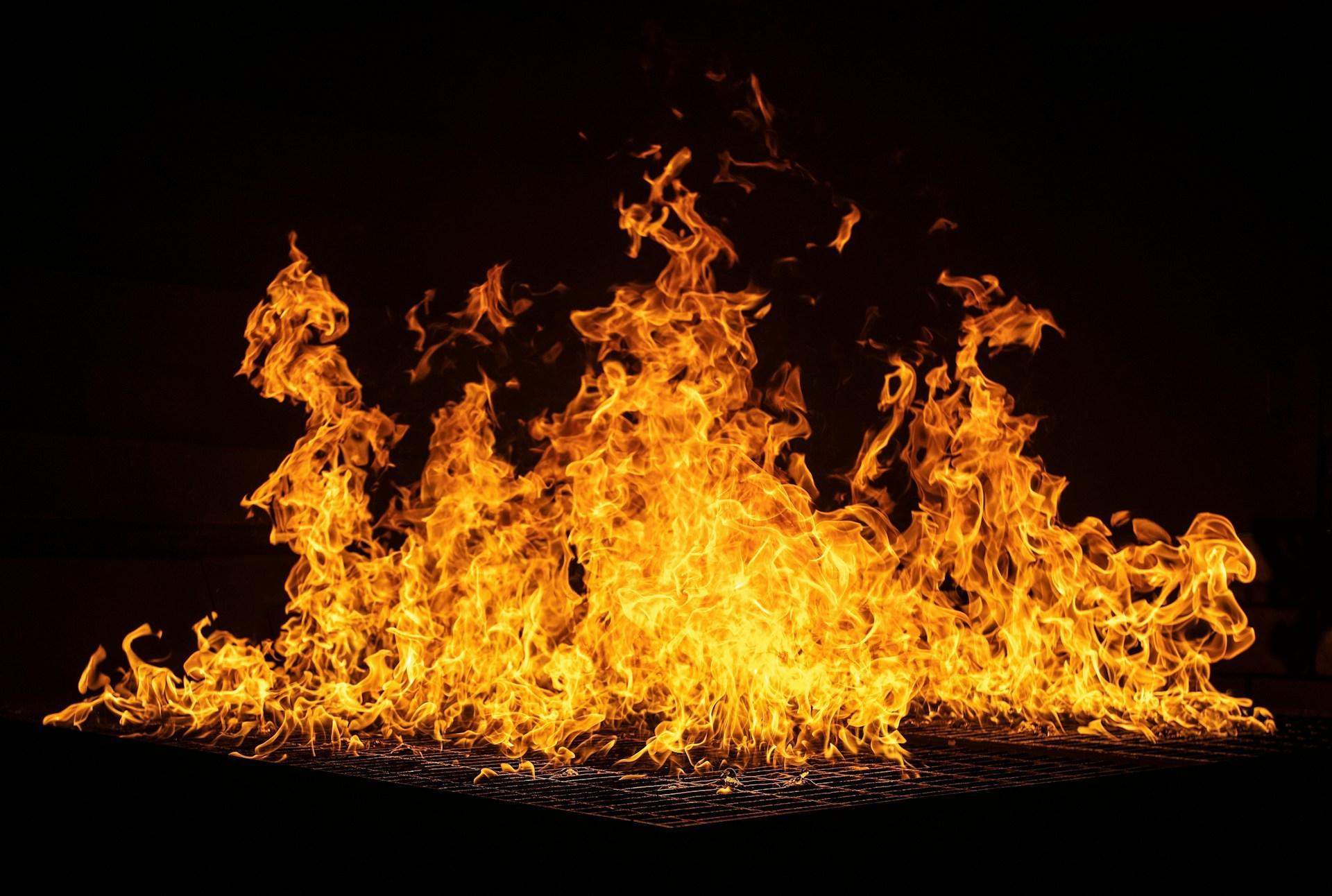
Source: Ricardo Gomez Angel/Unsplash
“The flames were right up on us because the wind shifted,” Gano said, describing the terrifying moments as they fought to save their property.
Smoke Advisory Issued Amid Health Concerns
As the fire rages on, smoke from the blaze has blanketed large areas of Southern California, prompting a smoke advisory. The South Coast Air Quality Management District has warned residents to limit outdoor activities, stay indoors, and keep windows closed.
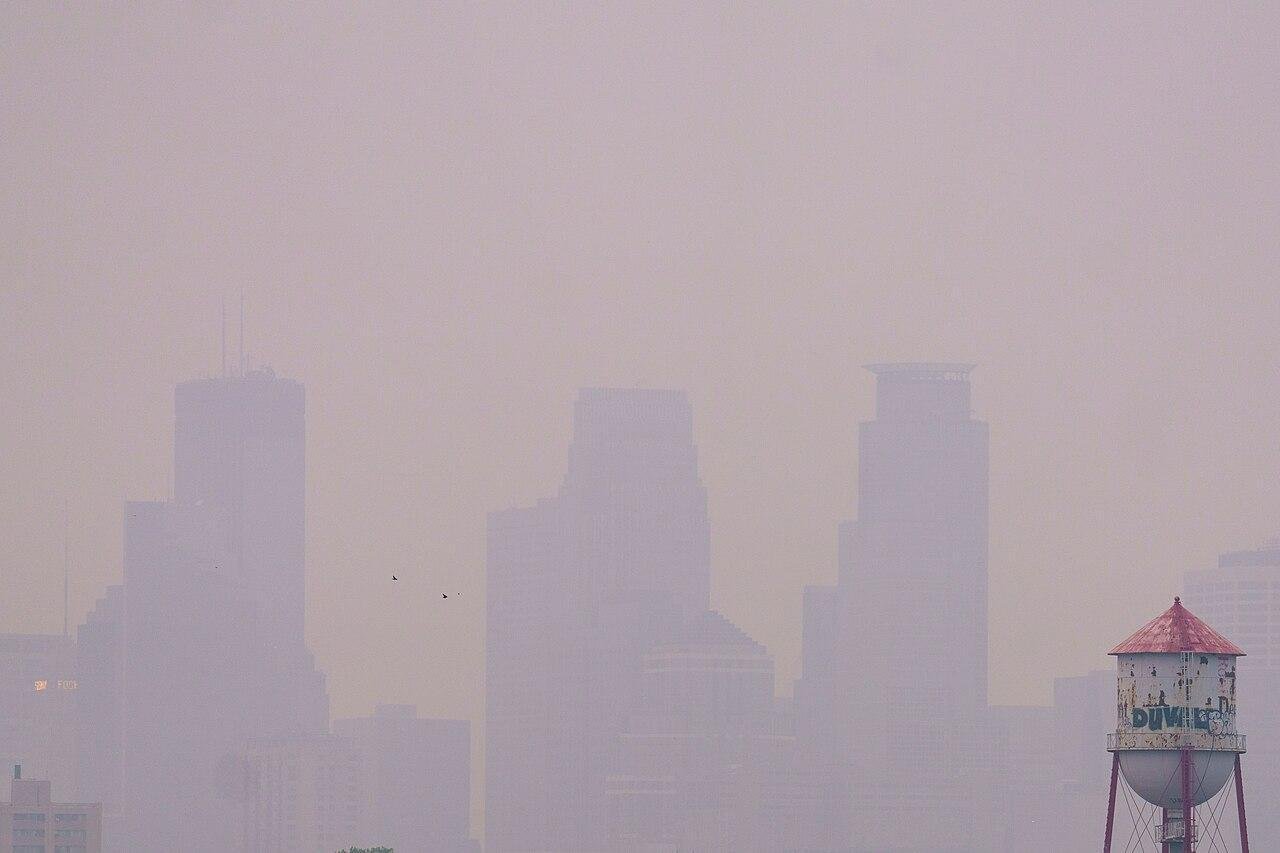
Source: Wikimedia
Poor air quality is a significant concern, especially for those with pre-existing respiratory conditions, as the combination of heat and smoke continues to pose health risks.
Governor Newsom Declares a State of Emergency
California Governor Gavin Newsom declared a state of emergency in San Bernardino County on Sunday, securing additional resources to help fight the fire.

Source: Justin Sullivan/Getty Images
This declaration allows the state to access federal funds and increase firefighting efforts.
Heatwave Compounds the Crisis
Southern California is also facing sweltering heat, with temperatures ranging from 95 to 105 degrees Fahrenheit. This heatwave, which is expected to last into next week, is worsening the fire conditions.
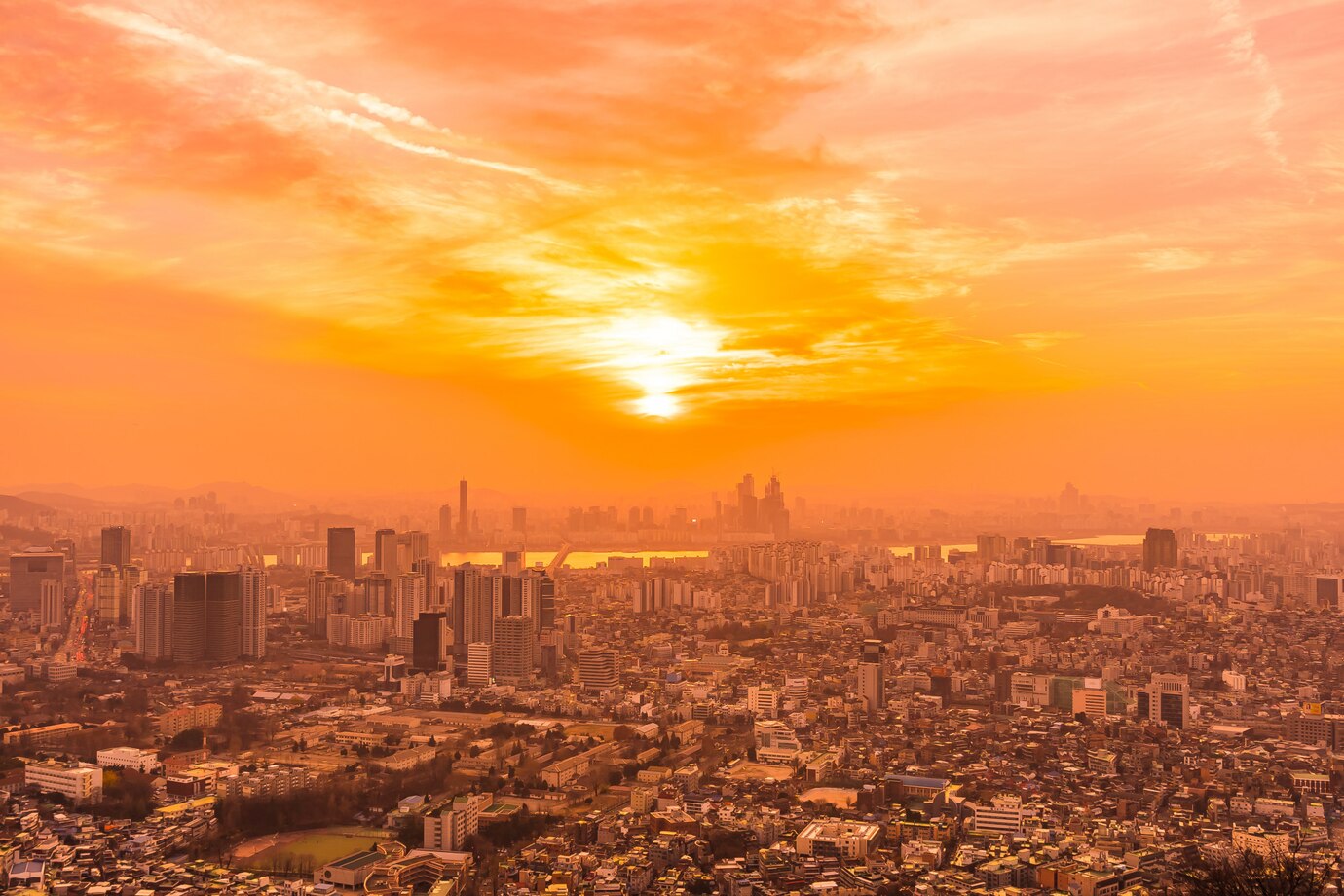
Source: Freepik
Combined with low humidity and the already dry vegetation, the extreme temperatures are making it harder to control the blaze and increasing the risk of more fires starting in the region.
Other Fires Across California and Nevada
The Line Fire isn’t the only blaze causing destruction. In northern California, the Boyles Fire near Clearlake has displaced 4,000 residents and burned multiple structures.
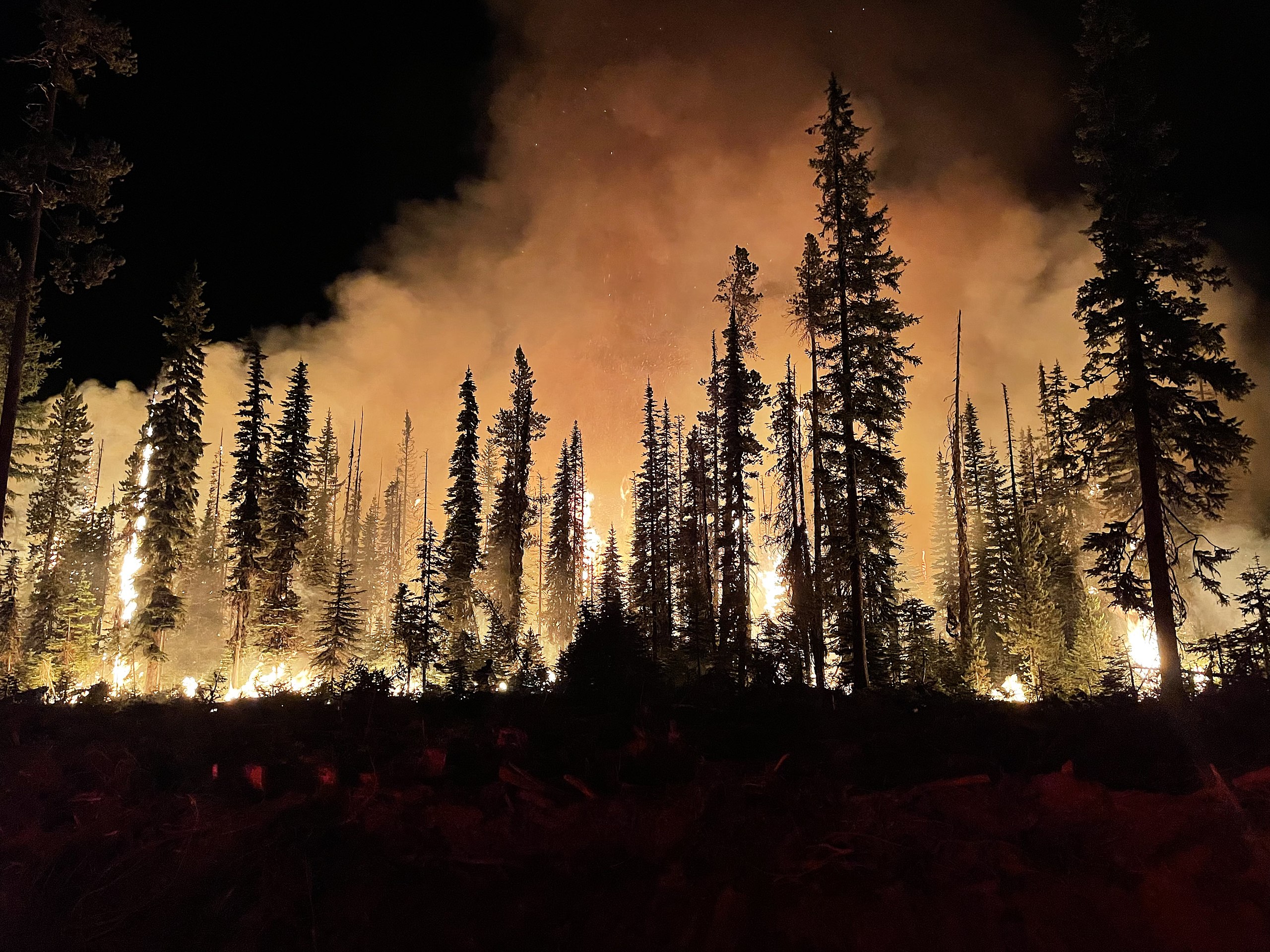
Brendan O'Reilly/Wikimedia Commons
In Nevada, the Davis Fire has destroyed 14 buildings and forced the evacuation of 14,000 people. With multiple wildfires raging across the region, resources are stretched thin as fire agencies try to battle multiple fronts.
California’s Wildfire Season is Far From Over
This year’s wildfire season is already shaping up to be one of the most destructive in recent memory. By mid-September, wildfires had scorched over 838,000 acres across the state, a significant increase from the 255,144 acres burned by this time last year.
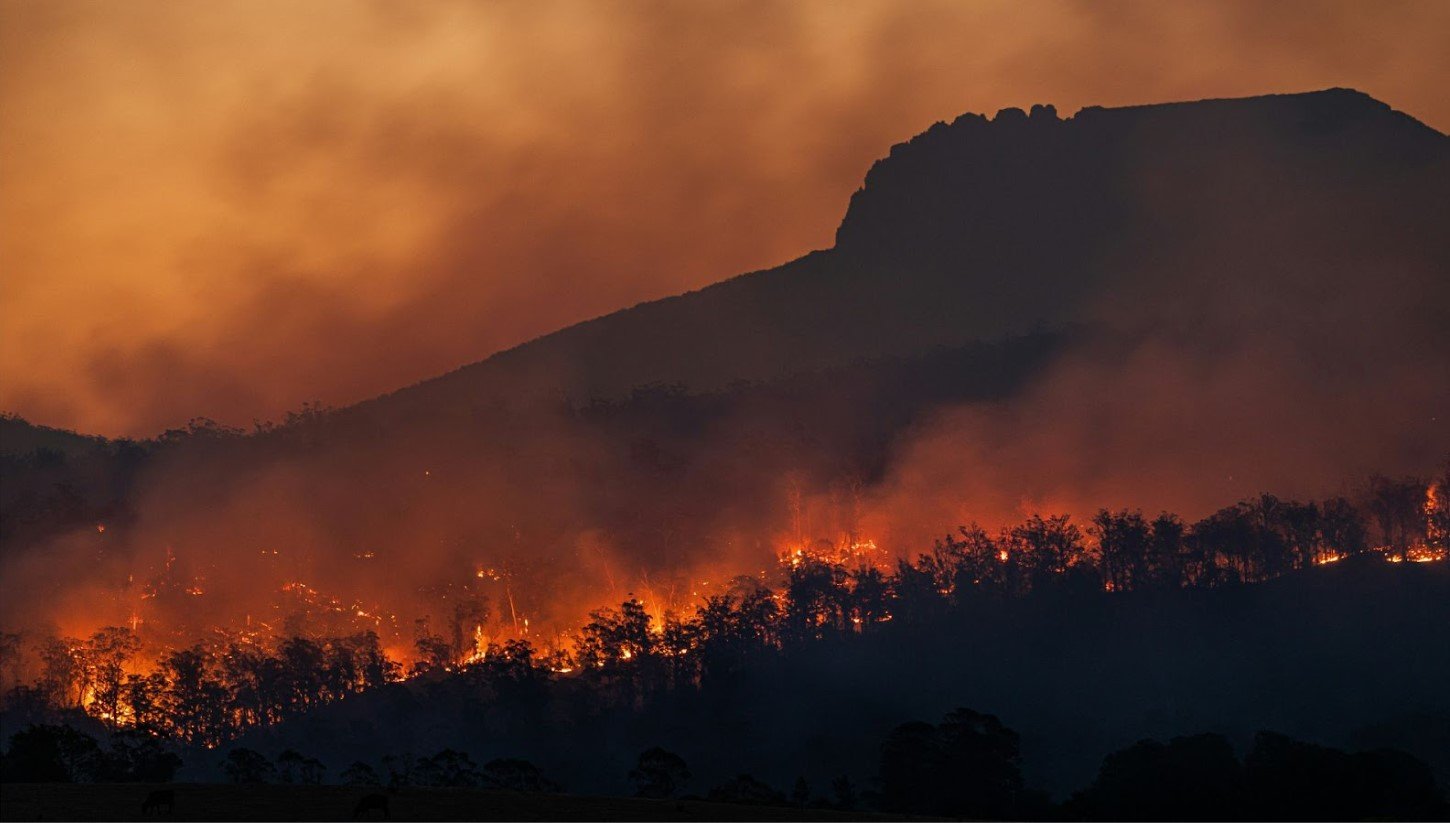
Source: Matt Palmer/Unsplash
Scientists point to climate change as a factor, with rising temperatures and prolonged drought conditions contributing to the increasing number of fires.
